KTM 790 Adventure Models: The Component Spec
To help get a better handle on the development process used for KTM’s all-new 790 Adventure models, and what components they run relative to each other – and relative to their street-going cousin, the 790 Duke – we spoke with the Vice President of R&D for KTM’s range of street motorcycles, Gerald Matschl…
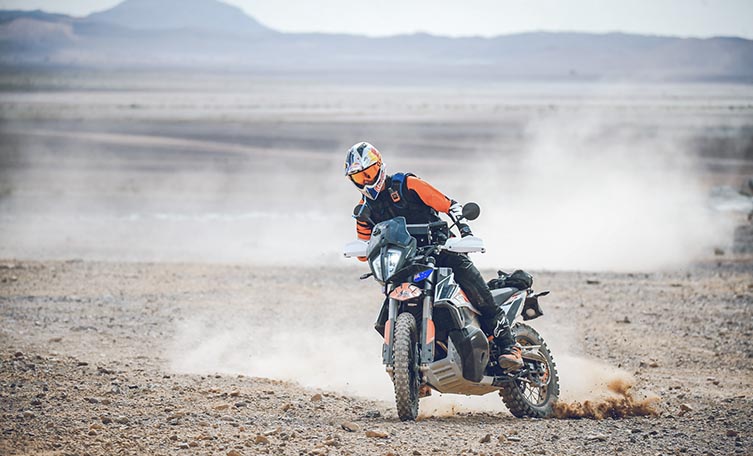
We’ve been riding predominantly off-road terrain here at the 790 Adventure bikes’ launch in Morocco, so why is it that your job title focuses on “street”, Gerald?
Yes, I can understand the contradiction you’re pointing out [laughs], so let me explain. Internally at KTM, we separate ‘off-road’ and ‘street’ departments. ‘Off-Road’ refers only to off-road competition models: the motocross and enduro ranges, plus the Freeride E and Mini Bike range. I’m responsible for all of KTM’s street bikes, from the 125cc Duke up to the 1290 Super Duke R and Super Adventure models, and everything in between. So even though these new 790 Adventure models are both very capable in off-road terrain, they’re regarded as ‘Street’ bikes simply from the point of view of KTM’s company structure.
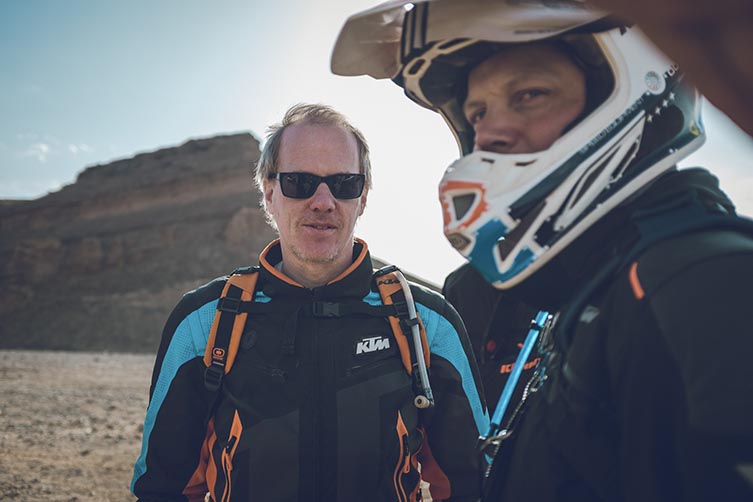
When you look at the 790 Adventure bikes, though, you see a melting pot of components from the 790 Duke, the 1090/1290 Adventure and the 450 Rally models. So is it true to say that these 790 Adventure models cherry-picked the best bits from them all?
Not really. Right from the beginning of the process, the 790 Adventure models were developed simultaneously with the 790 Duke, not as an ‘Adventure’ adaptation afterwards. Both the street and adventure projects were started at the same time, and that was about six years ago now. The 790 project introduced a totally new engine, rolling chassis and ergos, so the initial focus for us as a design team was finding a common platform that we could use for all three models: the 790 Duke, 790 Adventure and 790 Adventure R. With such a broad range of applications, this was quite a challenge. And the only way we were able to properly achieve it was by designing a minimised frame and a super-compact engine that doubles as a stressed member of that frame. These elements were the ‘secrets’, if you like, that allowed us to create two very different models from the same basic engine and chassis platform. And from the 450 Rally model, we borrowed the idea of carrying the fuel as low as possible to create a lower centre-of-gravity. That paid large dividends in the form of the 790 machines’ stability and agility, and the narrower cockpit ergonomics that this tank shape allows.
Compared with the 790 Duke, the engines in the 790 Adventure models differ only in their camshafts and inlet tract, right?
Both 790 Adventure models use a different camshaft, a longer intake tract and different ECU mapping in order to produce a broader and torquier style of power. The header pipe and pre-muffler – or collector box, as it’s sometimes called, which contains the catalytic converter – is the same on all three 790s, but the muffler on the Adventure models is different. So, compared with the street-going 790 Duke, the Adventure models lose a little peak horsepower in favour of more bottom-end and mid-range to suit their broader applications.
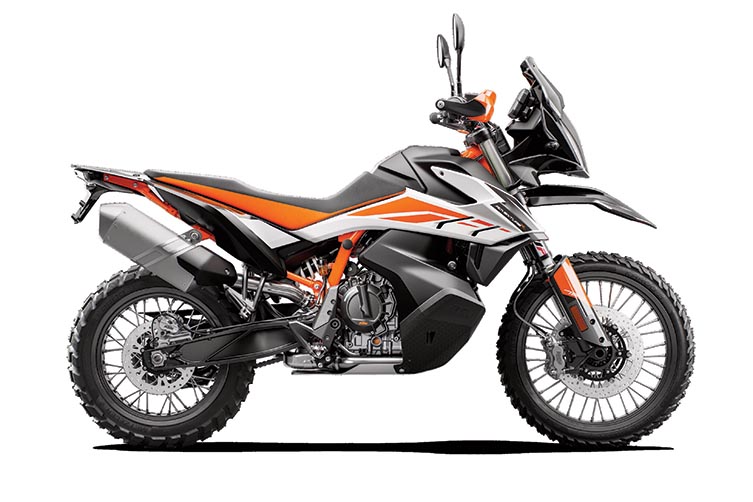
And the differences in the chassis are similarly subtle, right?
Yes. With the chassis, the basic frame concept and principle is the same between the Duke and Adventure models. But there are differences in the steering head angle, mounting points and flex characteristics in some areas. The subframe on the Duke is a pressure die-cast unit, while the Adventure models use a heavier-duty welded steel trellis subframe design. The swingarm is identical on all 790 models. Then there are a few other smaller differences, such as the fact we moved the battery forward (between the fuel tank and seat) on the Adventure models to create the necessary wheel clearance with the longer-travel shock absorber.
Engine and chassis aside, what are the other differences between the Adventure and Adventure R models?
Visually, the obvious things are the different suspension components, front fender, windshield, seat, frame colour, tyres and graphics. In addition to that, there are small things such as the finish on the fuel tanks being slightly different, the rubber inserts in the Adventure model’s footpegs, and so on. The most important difference is clearly the suspension. The standard Adventure uses non-adjustable WP Apex fork and pre-load adjustable shock. The Adventure R uses a fully adjustable WP Xplor fork and PDS shock absorber, which has 40mm of additional travel at each end and produces an extra 30mm of ground clearance. The R’s shock also uses a preload adjuster that can be easily accessed and adjusted with an Allen Key, whereas the standard model’s shock requires the use of a more conventional preload collar tool to adjust the preload setting.
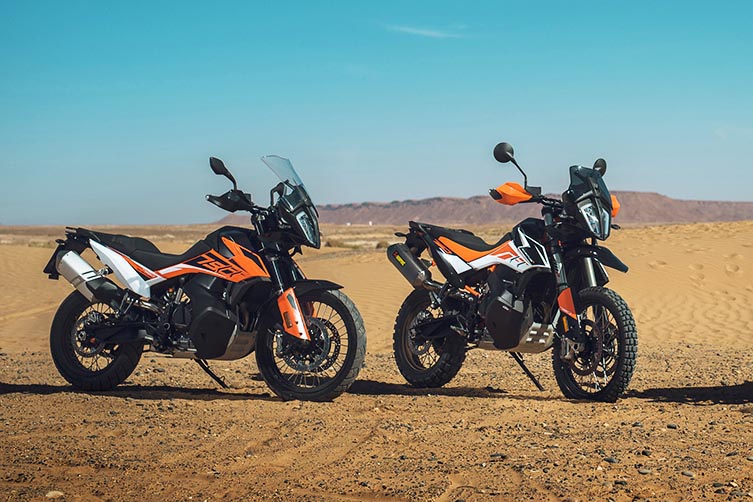
And several of those parts are interchangeable between 790 models too, right?
Yes, most parts are interchangeable between standard and R models. For example, the front fenders, windshields and seats can be swapped between bikes, though it should be noted that only the standard Adventure model’s lower, two-piece seat allows you to adjust the seat height over a 20mm range (from 830 to 850mm). There’s also an even taller one-piece seat (880mm) available through the PowerParts catalogue. With the same spoked 18- and 21-inch rims used on both models, the Avon Trailrider and Metzeler Karoo 3 tyres are also interchangeable. Both models use a tubeless system, front and rear, from the dealer. The Tyre Pressure Monitoring System (TPMS) is another optional extra. Here at the launch, we fitted tubes to the front tyres as an added precaution against flats.
Why use a cable-operated clutch, rather than the hydraulic clutches we’ve been accustomed to seeing on a greater majority of KTM’s models for decades?
For off-road riding, you will always need to use the clutch, but generally speaking, the clutch has become less and less important. I say this because, in combination with the bikes’ Quickshifter+ and anti-hopping clutch, you only really need the clutch to get moving and to stop. That means there are now relatively small forces on the clutch. In addition to that, the cable clutch is lighter and allowed us to keep the dimensions of the engine cases more compact. Most importantly, the cable clutch works. It offers excellent feel and is very robust and reliable.
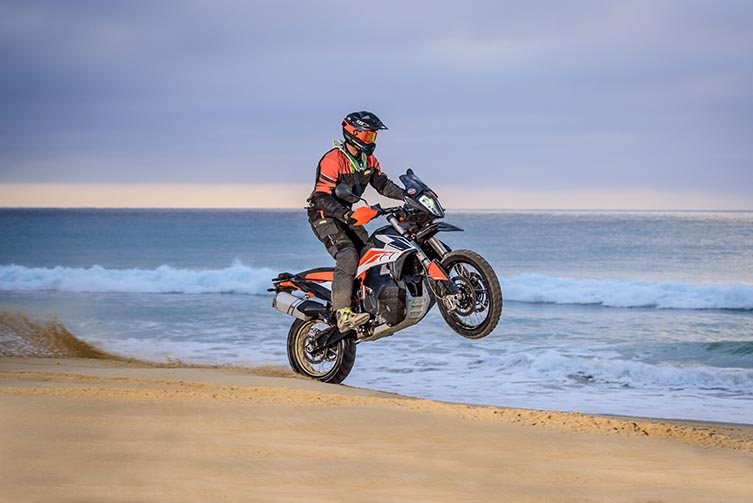
What sort of rider do you think each model best suits?
The standard version is for the rider who spends most of their time on sealed roads; who likes twisty mountain passes and gravel roads, and also does some light off-road terrain. If you’re the sort of rider who also wants to take on the desert and more extreme terrain, then the suspension package of the R model will be better suited to your needs. But, as I pointed out, with so many interchangeable parts, you can always build whichever model up to best suit your needs. KTM’s 1090 and 1290 Adventure models are both very capable off-road, but when we tested those bikes at the same time as the 790 Adventure models in the USA, the extra agility of the mid-capacity bikes made them so much more enjoyable to ride for a majority of testers, with 95 horsepower considered more than enough by most.
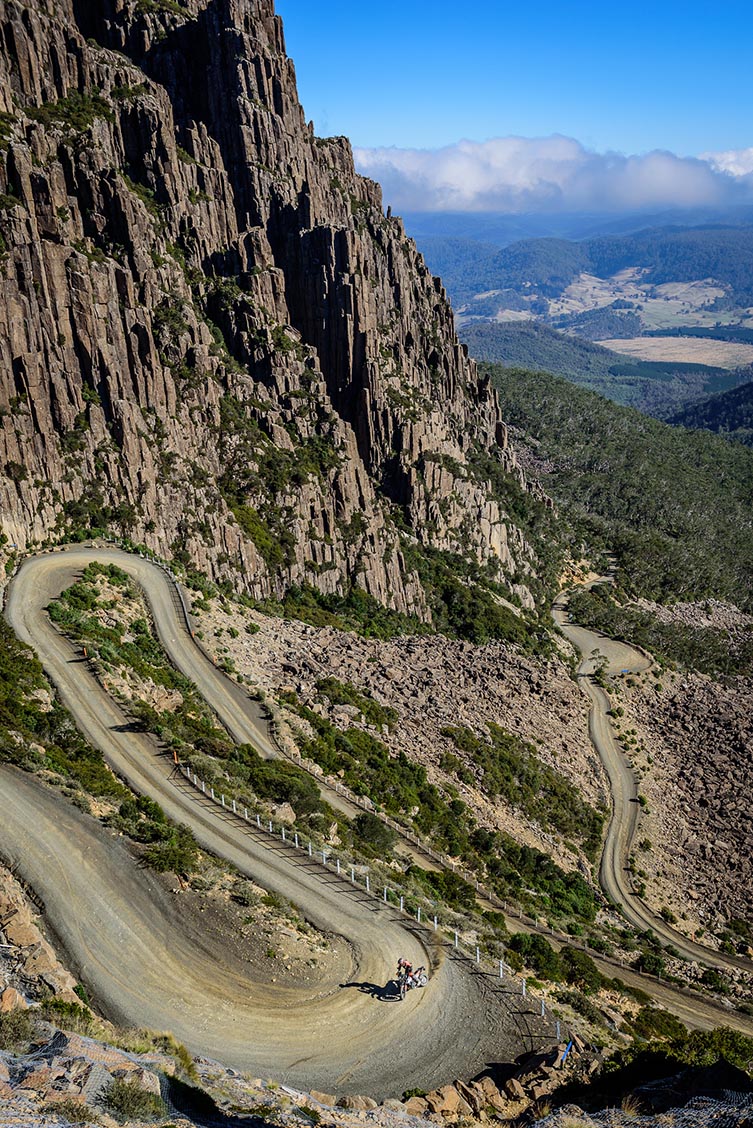
Would you say these 790s have been your favourite development project? It sounds like it.
Probably, yes. The entire design team is very proud of what we’ve produced – not just because a mid-capacity adventure machine has been missing from KTM’s model line-up for a long time, but also because we believe we have produced the best and most performance-oriented bikes in their segments. Statistically, you can point to the fact the 790 Adventure model has the lowest seat among its rivals, while the Adventure R has the highest ground clearance and longest suspension travel in its segment. Interestingly, these cool new 790 Adventure models have also attracted so much interest from a wide cross-section of KTM personnel. And that in itself gives us added confidence that these models will have broad market appeal.
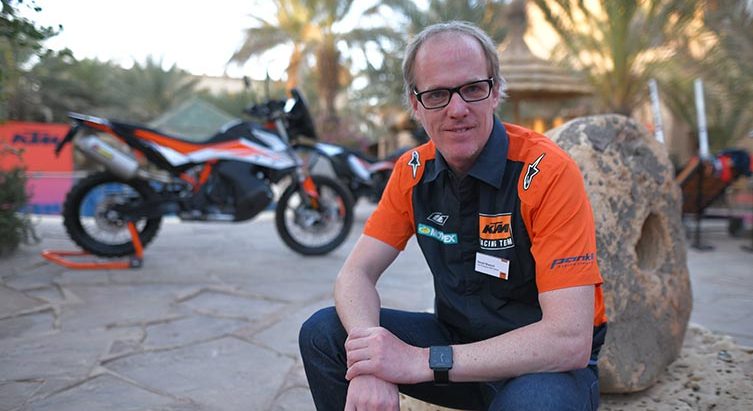
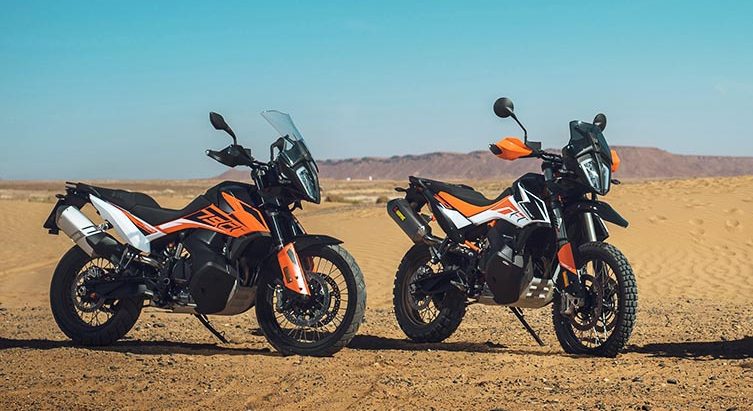
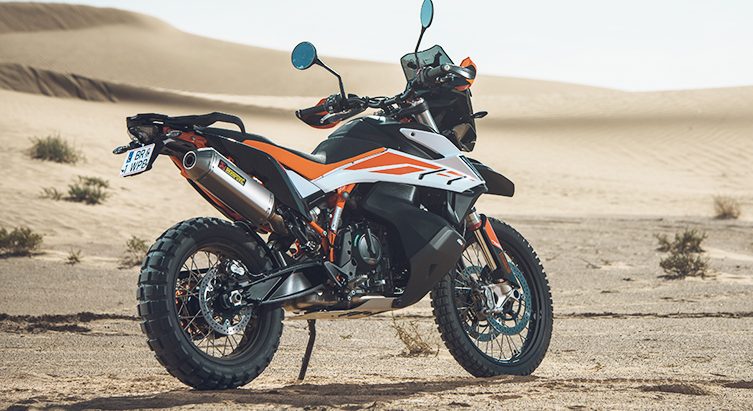
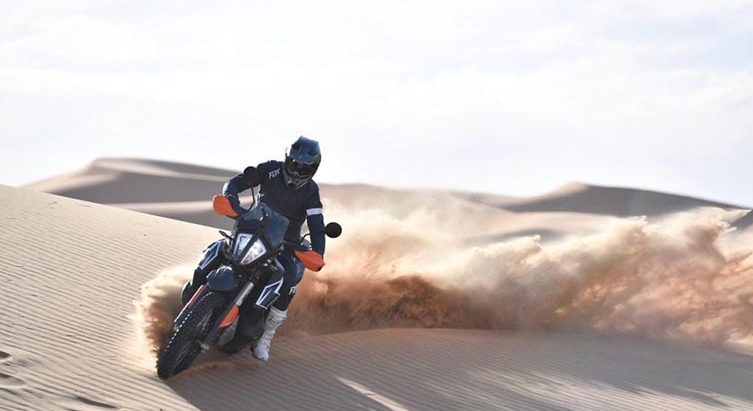
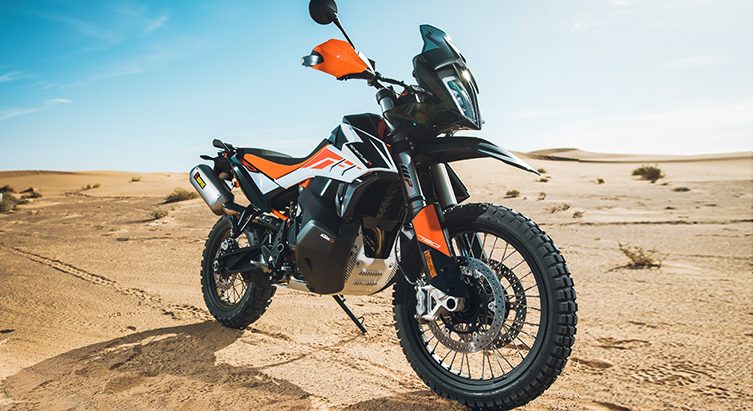
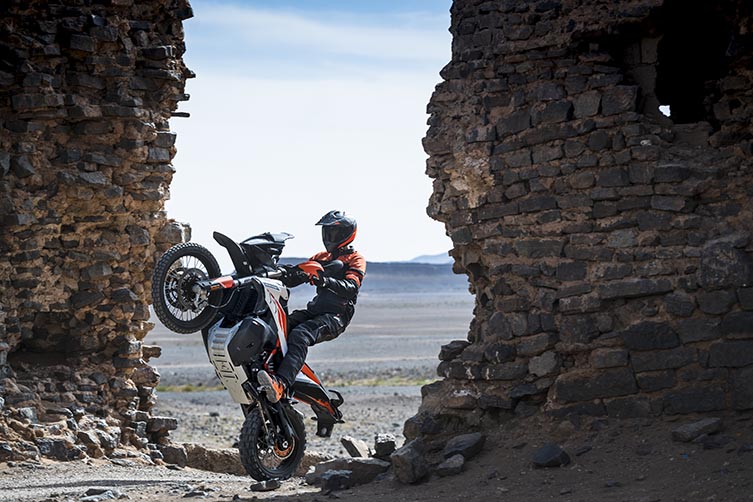


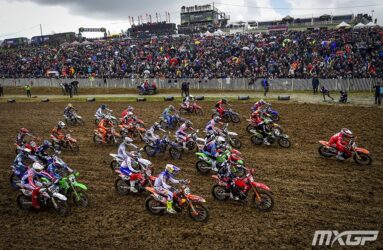
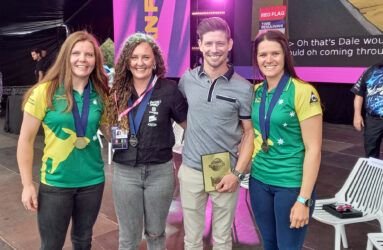
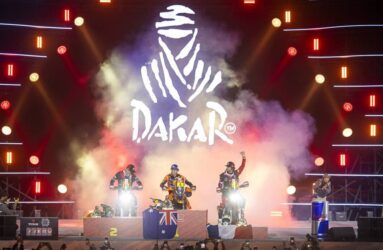
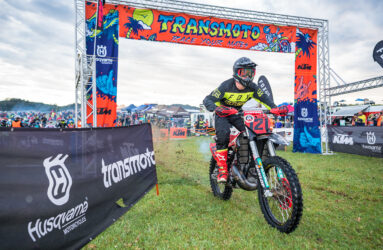

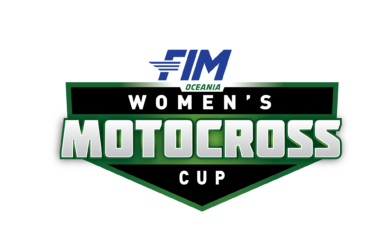
Be the first to comment...